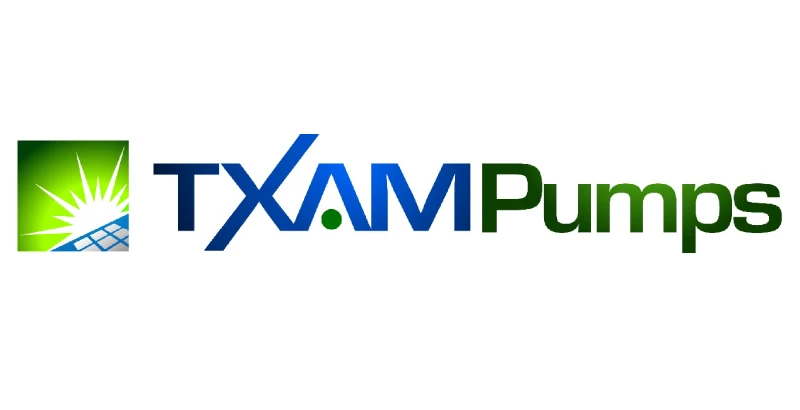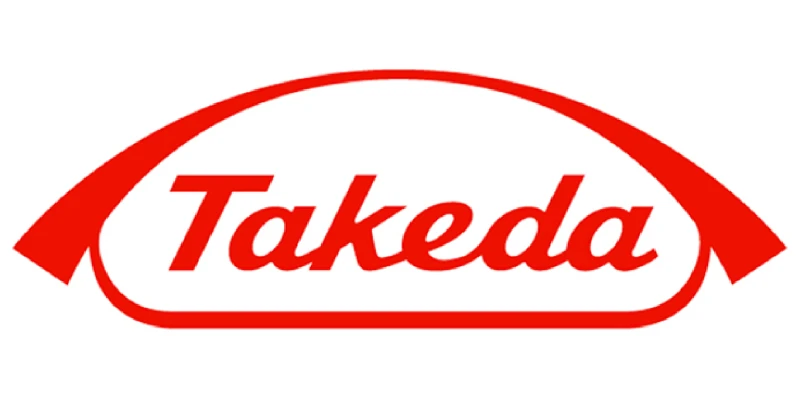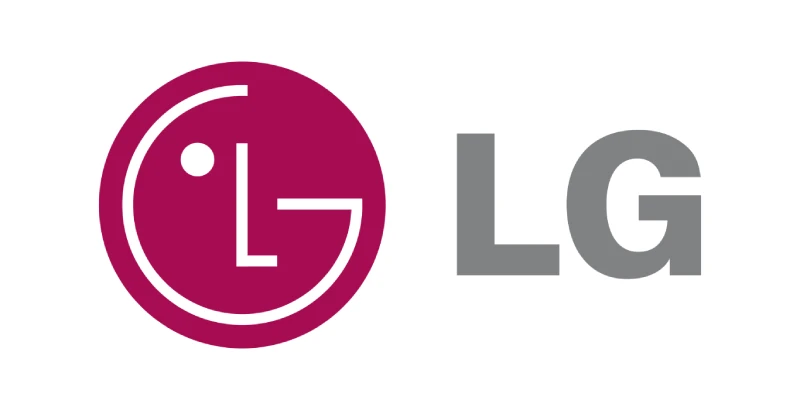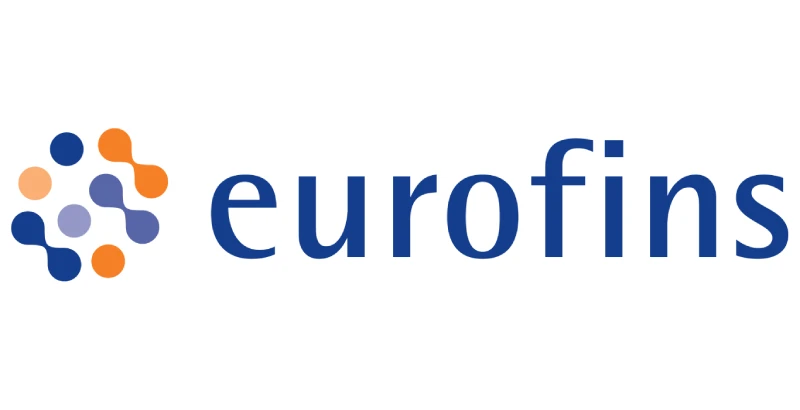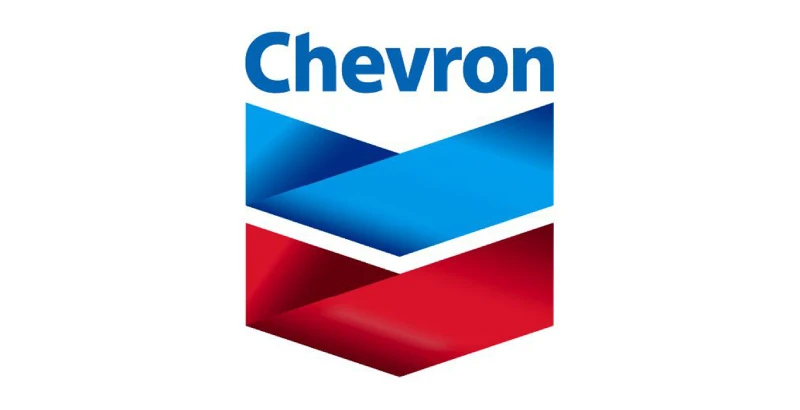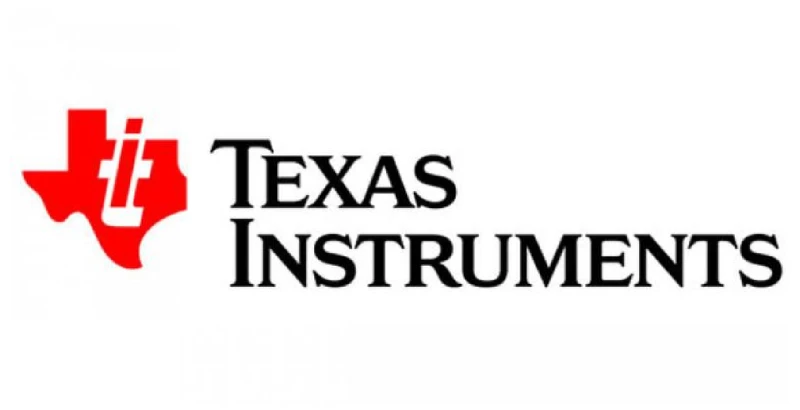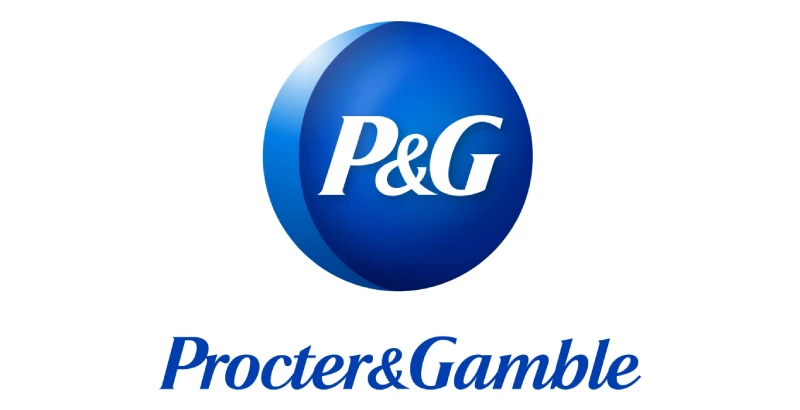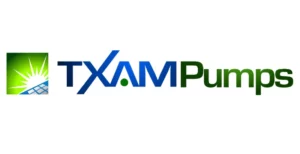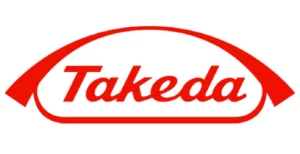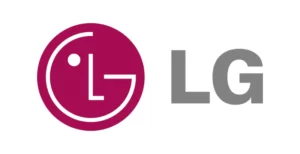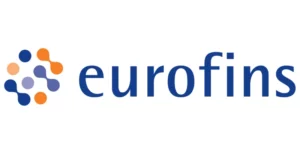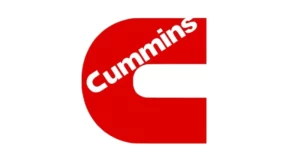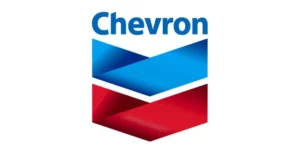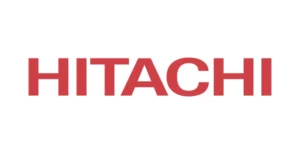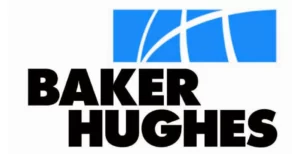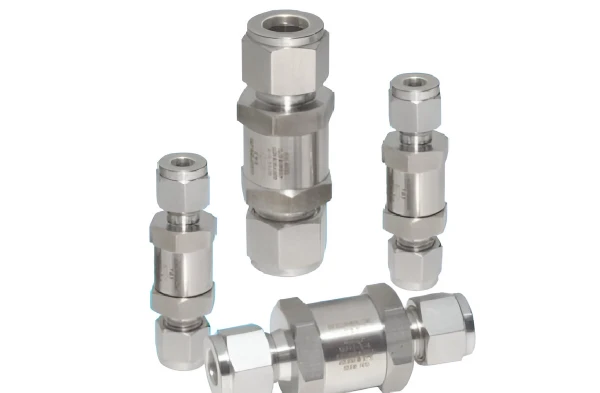
Superlok Excess Flow Valves
Enhancing Safety with Excess Flow Valves (EFVs) in Gas Pipelines
An excess flow valve (EFV) is a crucial safety device used in gas pipelines. It automatically shuts off the flow of gas when it exceeds a predetermined rate, helping to prevent dangerous gas leaks and protect both property and lives. EFVs are commonly installed in residential and commercial gas systems to enhance safety and minimize the risks associated with gas distribution.
Key Features of Excess Flow Valves
2-Piece Body
The 2-piece body design of Excess Flow Valves (EFVs) simplifies maintenance, enabling easy access to springs and seals. This construction ensures swift repairs and consistent valve performance, enhancing safety in gas systems.
Spring-loaded Actuation
Spring-loaded actuation in Excess Flow Valves (EFVs) ensures efficient and responsive operation. When gas flow surpasses the predetermined limit, the spring mechanism swiftly activates, promptly closing the valve to halt the excess flow. This feature safeguards against gas leaks and potential hazards.
Automatic Reset
Automatic reset in Excess Flow Valves (EFVs) is a crucial safety feature. It enables the valve to recover after shutting off gas flow, thanks to the bleed vent mechanism. This automatic reset ensures continuous protection without requiring manual intervention.
Variety Of End Connections
Excess Flow Valves offer versatile end connections, allowing seamless integration into various systems and applications. Their adaptable design ensures compatibility and ease of installation, enhancing their effectiveness in gas safety systems.
Stainless Steel Construction
Excess Flow Valves (EFVs) boast stainless steel construction, ensuring durability and resistance to corrosion. This robust material enhances the valve's longevity and reliability in safeguarding gas systems against excessive flow, contributing to enhanced safety.
Superlok Excess Flow Valves Details
Excess Flow Valves are designed to limit flow of fluid to a predetermined rate. When flow reaches the predetermined rate the poppet will trip, limiting or stopping flow. When pressure is equalized across the valve, the poppet will reset to open.
Industry Leaders Using Superlok
